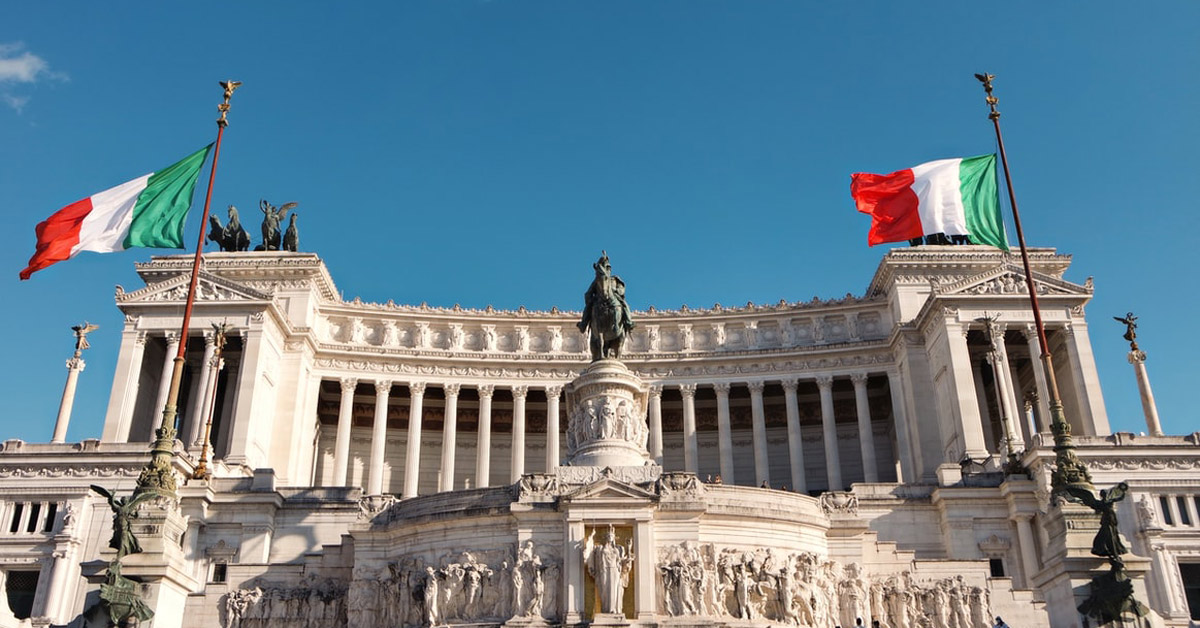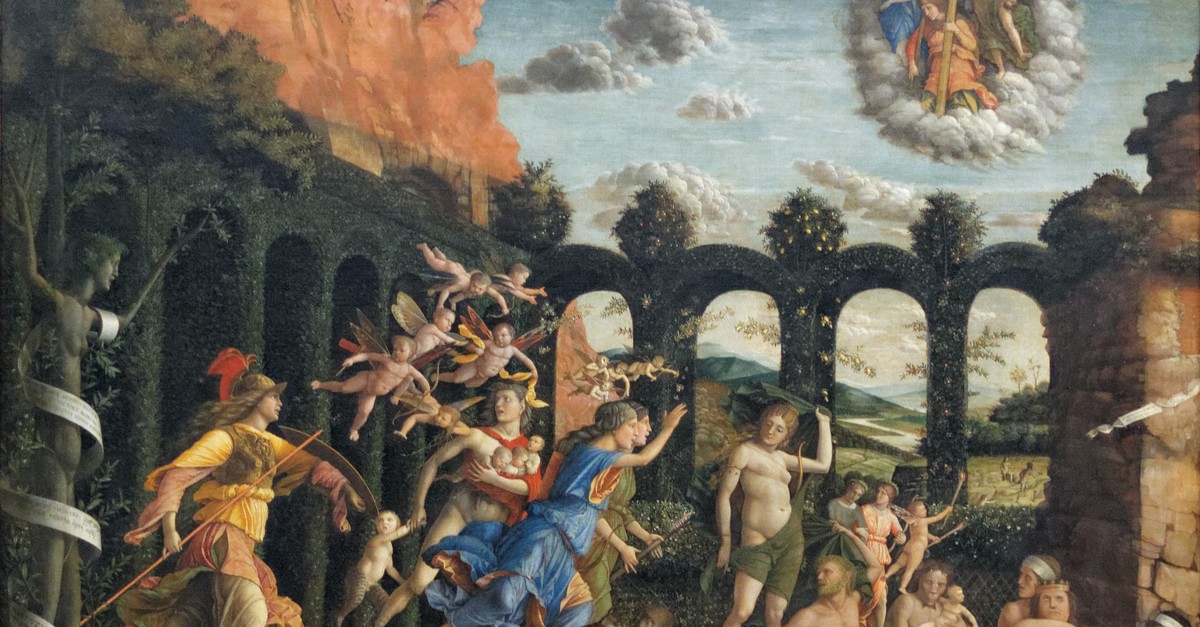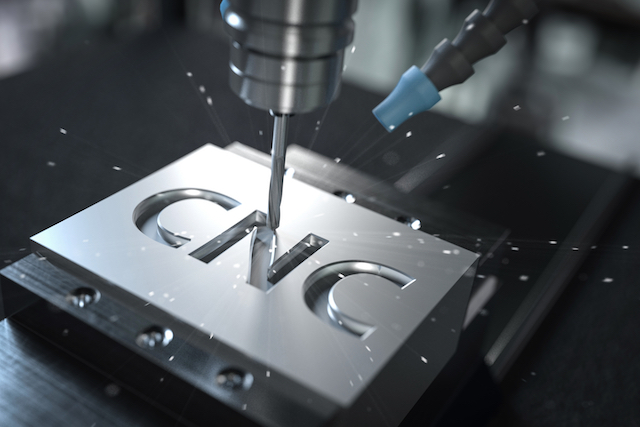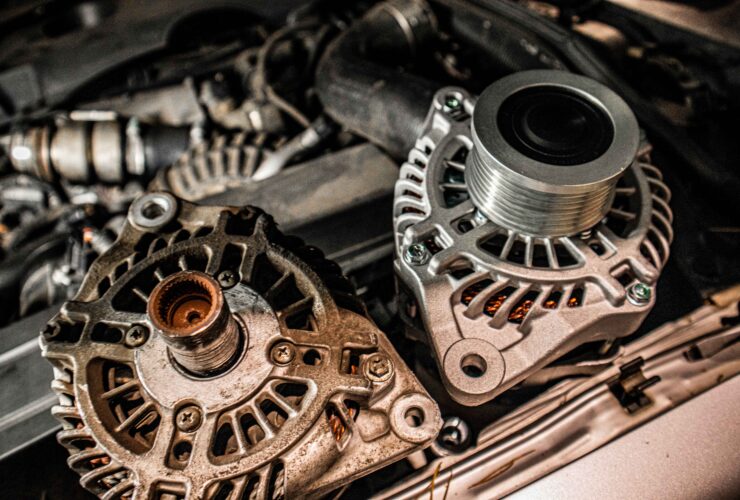The Italian language is a unique and fascinating form of communication. Its evolution has been traced back to its roots in Latin, allowing it to become the modern language we know today.
Through centuries of refinement, Italian has developed into one of the most beautiful and expressive languages in existence. It is characterized by its melodic sound, its rich vocabulary and complex grammar structure that allows for precise expression.
The influence of Latin still holds strong within the language, making it both exotic and familiar at once. This article will explore how this marvelous transformation occurred over time as well as how Italian remains an important part of our world today.
Origins of Italian: A Historical Overview

The Italian language has evolved from Latin to its modern form over the course of centuries. This evolution can be traced back to the Roman Empire, which was a major influence in shaping both the culture and language of Italy.
During this period, Latin served as the primary language of communication among citizens and authorities alike. After the fall of Rome, however, there were multiple changes that took place in Italian – including influences from other languages such as French, Spanish and German – leading it towards its own distinct identity. Over time, these changes gave rise to regional dialects throughout Italy with variations based on geography and cultural differences between areas.
As a result, some words or phrases that are used in certain regions may not be understood elsewhere in Italy or even abroad. These local dialects have remained largely unchanged up until recently when more unified forms of speech have begun to emerge due to technological advances like radio broadcasts and television programming becoming available across all parts of Italy simultaneously for the first time ever.
Latin Influences on the Development of Italian

The Italian language has a long and varied history of evolution, tracing its roots back to Latin. Latin has had an immense influence on the development of the Italian language, influencing not only its grammar and vocabulary but also its overall structure.
The most obvious example is that almost all modern-day Romance languages, including Italian, are derived from Latin. While there have been many changes over time—including regional dialects and adaptations in spelling or pronunciation—many aspects of the original Latin remain identifiable in contemporary Italian.
One important way that Latin influences can be seen in Italy’s modern language is through basic word order. For instance, verbs come after nouns as opposed to other European languages such as German where they usually come first.
Additionally, adjectives must agree with nouns in gender (masculine or feminine) and number (singular or plural). This linguistic feature was taken directly from classical Latin which used endings known as inflections to indicate this agreement between words; it remains a key part of spoken Italian today.
The Medieval and Renaissance Periods: Evolution of the Language

The Medieval and Renaissance Periods marked a period of significant evolution in the Italian language, as it transitioned from its Latin roots to develop into a more modern form. It was during this time that the language began to take shape through an emergence of regional dialects, with each area allowing for new forms of expression.
One example is Tuscan, which became the official language of Italy in 16th century and is still used today. Another important influence came from French and Spanish – languages both brought through trade exchanges with foreign countries at that time.
This influx of linguistic influences allowed for further expansion and refinement of the Italian vocabulary, while also leading to greater complexity in sentence structure. As such, these two periods laid down much-needed foundations for the formation of modern Italian grammar rules.
The diversity seen within these eras has helped shape what we see today as one unified national language which can be spoken across all regions in Italy without difficulty or confusion
Conclusion
The Italian language has come a long way since its Latin roots. Through the centuries, it has evolved and changed to become the beautiful language we know today.
One example of this evolution is the phrase how to say good morning in italian, which went from Bona mane in Latin to Buongiorno in modern times. This demonstrates how languages can evolve over time while still maintaining their core elements.
The Italian language continues to fascinate linguists and scholars alike due to its rich history and fascinating evolution throughout time. Whether you are learning Italian for pleasure or business, understanding its origins will deepen your knowledge and appreciation of this vibrant tongue! Buongiorno!





